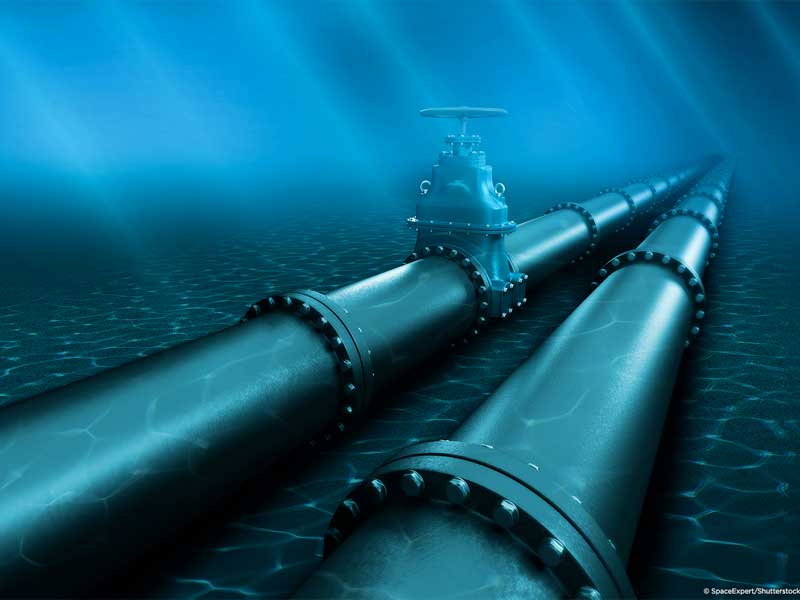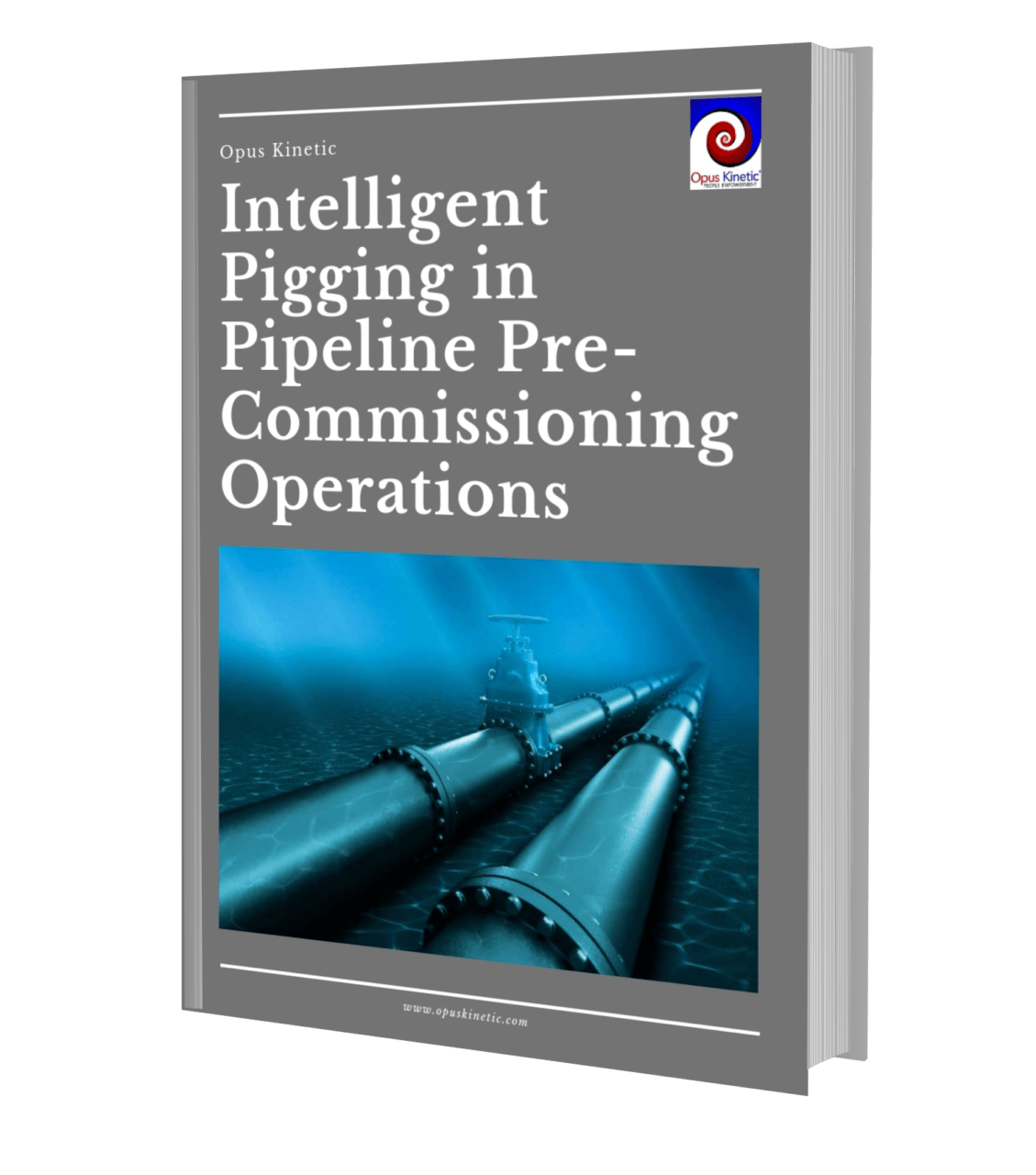Intelligent Pigging in Pipeline Pre-Commissioning Operations


Subsea Pipeline Pre-Commissioning Operations Management
Pipeline Pre-Commissioning Activities
The main activities involved in preparing a pipeline for operation include filling, cleaning and gauging; hydrotesting; dewatering and drying. As in many other pipeline operations, pigs are the tool of choice in achieving these activities.
Pre-commissioning activities cover the entire range to prepare a new pipeline. After the construction phase of the pipeline build, significant preparatory works is needed prior to being ready for service.
Firstly, filling the line with water. In most circumstances, this will be required in preparation for hydrotesting the pipeline, and to demonstrate its fitness for service at the intended operating pressures. For hydrotest purposes, the total volume of residual gas must be controlled to within strict limits, generally 0.2%.
After this stage, the line will then be cleaned and gauged in order to verify that the line specification regarding acceptable minimum bore, absence of dents and more has been met.
Finally, the line will be pressure tested (hydrotested), and this stage is usually followed by dewatering and drying in preparation for service. However, the dewatering and drying of the line are sometimes delayed for several months, as can be the case for subsea lines when waiting for the completion of tie-ins.
Overview of Intelligent Pigging
Intelligent pigging is an inspection technique where an inspection probe known as a smart pig, is propelled through a pipeline while gathering important data, such as the presence and location of corrosion or other irregularities on the inner walls of the pipe. Intelligent pigging provides a method of gauging the performance or effectiveness of the pipe while in service and determines how fit for continued service a pipeline is.
The difference with intelligence pigging is its ability to perform advanced inspection activities as they travel along the pipe, in addition to just cleaning it. Smart pigs use non-destructive examination techniques such as ultrasonic testing and magnetic flux leakage testing to inspect for erosion corrosion, metal loss, pitting, weld anomalies, and hydrogen induced cracking, among others. They are also able to gather data on the pipeline’s diameter, curvature, bends, and temperature.
Smart pigging provides several advantages over traditional forms of pipeline inspection. Advantages of smart pigging are:
- Inspection and detection of the pipeline to assess its integrity – assessing the pipeline for damage, such as dents or corrosion.
- Gather valuable pipeline information such as pipeline coating condition, girth weld crack detection, pipeline tally, right of way, topography and dimensional
- Maintain continuous and optimum operations through prevention of corrosion or any unwanted products that affect the flow
- No service interruption. It allows pipelines to be cleaned and inspected without having to stop the flow of product
- Save resources (i.e. time and money) as a pipeline can be completely inspected and cleaned without having to send inspectors down its entire length
- Displacing product from the pipeline (e.g. to remove hydrocarbons before decommissioning)
Pigs And Pigging In Cleaning And Inspection
The first operation during pre-commissioning is to clean and fill the pipeline. This is usually performed as a single operation. The purpose of these activities is to prepare the line for hydrotesting and to ensure that the line is clean for the use of inspection tools, or that at least that debris left over from the construction phase (potentially damaging to the pipeline or associated process equipment) is cleared out. The owner and/or operator of the line will generally set criteria for cleanliness depending on the intended purpose of the line.
As would normally be the case in the operational use of pigs for pipeline cleaning, the pigs will be selected based on the perceived duty, and their effectiveness gauged based on the quantities of debris produced into the receiving trap.
To learn more about the selection of the different types of pigs for the different types of pipelines, Pigging Products & Services Association has provided a paper intended to provide an overview of the uses of pigs in pre-commissioning operations and provide some basic information on train design and pig selection.
Click below to download your free copy of Pigging In Pipeline Pre Commissioning:
https://blog.opuskinetic.com/download-pigging-in-pipeline

